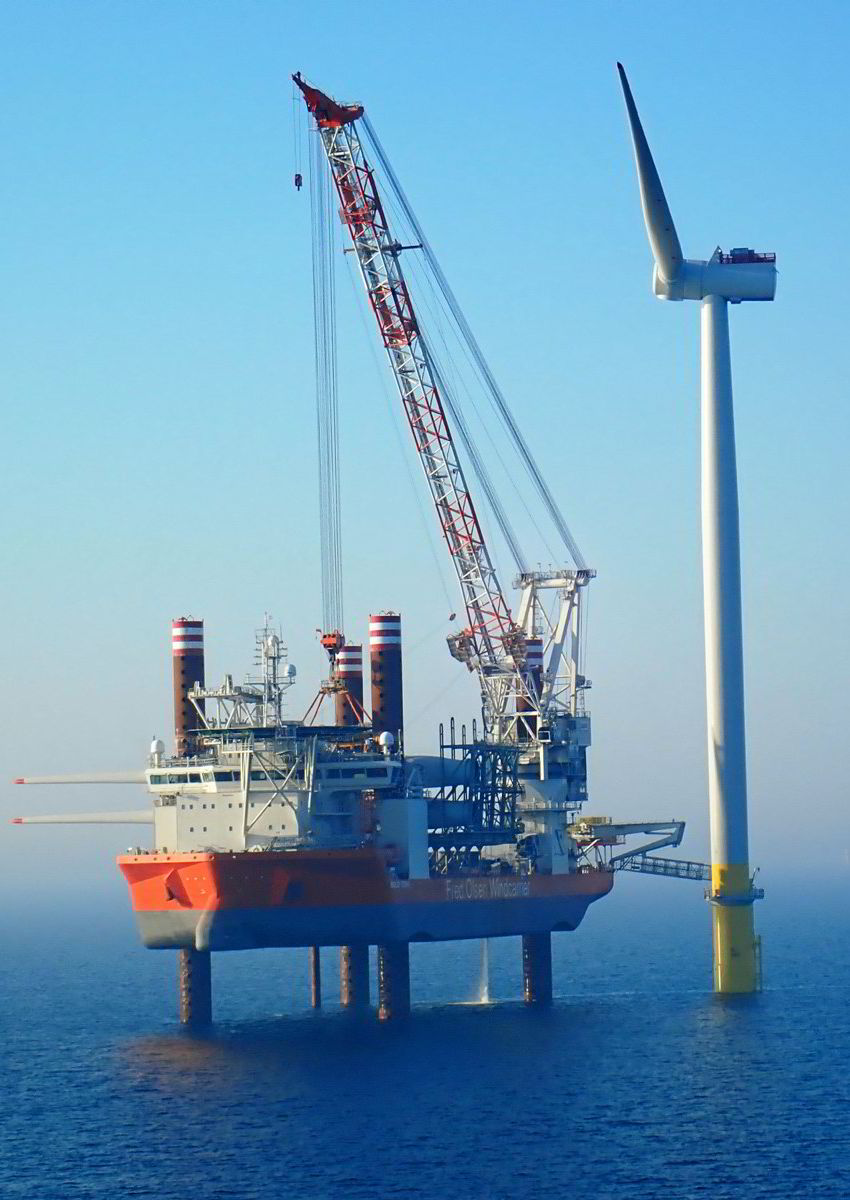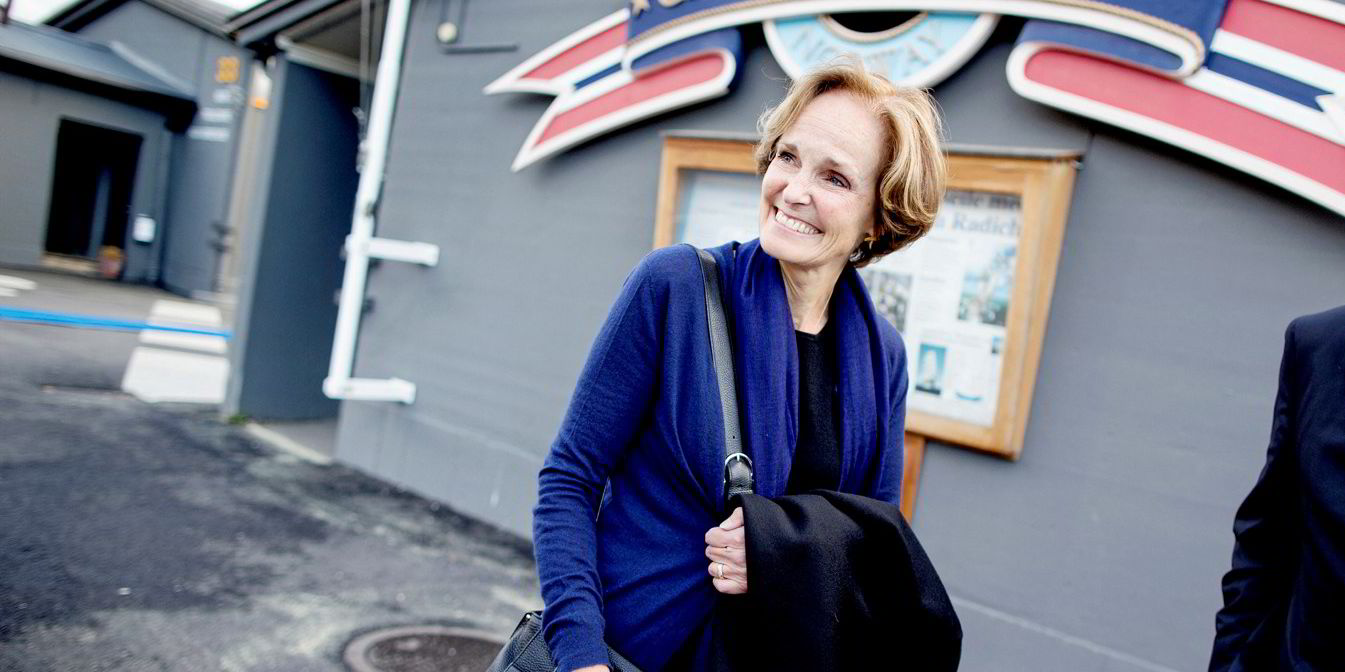Fred Olsen Windcarrier is behind its competitors in its plans for newbuildings with more sustainable fuel solutions.
But the Oslo-based owner believes fuel is only part of the picture in achieving greater sustainability. Not ordering ships unnecessarily is also decarbonising, and Fred Olsen officials believe clients understand that.
"Being competitive on carbon emissions depends on how you count the CO2 footprint," said chief operating officer Jan Schanke-Jorgensen.
"The life cycle of vessels is what we focus on. A big part of the carbon footprint of any shipping project is the newbuilding itself, and that is what makes life extensions very attractive."
The carbon footprint of making the steel itself should not be overlooked, he said.
"When you count the number of tonnes of CO2 per installed wind turbine using older vessels, you would be surprised how the calculation comes out," said Schanke-Jorgensen.
Fred Olsen Windcarrier today owns three jack-up wind turbine installation vessels (WTIVs) built in 2012 and 2013. The largest, the 19,697-gt, 151m-loa Blue Tern (built 2012), is now being upgraded.
Parent company Bonheur announced in May that Fred Olsen Windcarrier was contemplating ordering a fourth.
Life extensions are part of the culture at Fred Olsen, not only in wind but historically in tanker and passenger shipping.
"Traditionally, we have upgraded our assets to follow the market," said Schanke-Jorgensen. "And that pays off."
Oslo-listed Bonheur and the privately owned side of the Fred Olsen group own several companies serving different aspects of the offshore wind business. Bonheur is also the majority owner of NHST Media, which publishes TradeWinds.

Peer pressure
Fred Olsen's Oslo neighbour Offshore Heavy Transport (OHT) already has two WTIV newbuildings on order, plus a wind foundation installation vessel with the world's largest marine battery.
Oslo-listed Danish player Cadeler is set to double its fleet with an order this quarter for two WTIV newbuildings featuring as-yet-undisclosed emissions solutions.
The need for newbuildings in the sector is driven not only by more wind projects but by the increasing size of turbines.
Cadeler has projected that demand for vessels that can install 14 MWturbines will far exceed the supply of between 2026 and 2030, with 17 vessels needed and only nine expected to be in existence by 2024 — four owned by Cadeler.
Fred Olsen's Schanke-Jorgensen is dubious about long-range projections.
"We have a five to eight-year perspective," he said. "In 10 years, not even the turbine suppliers know what size they will be making."






